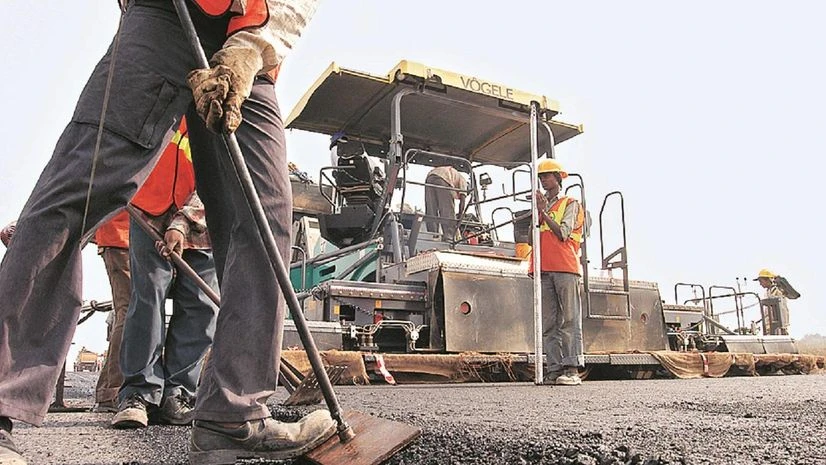Government News
Art and Culture with Devdutt Pattanaik - An intriguing look into India's coin history


By Kajal Sharma - 25 Jun 2024 03:02 PM
What was the composition of punch-marked coins, called Karshapanas? What can we learn about kings and their reigns from the inscriptions and imagery on coins?(The Indian Express introduces a new series of articles on topics and ideas including history, politics, international relations, art, culture, and heritage, environment, geography, science, and technology, among other subjects, that are authored by experienced writers and learned academics for UPSC candidates. Increase your chances of passing the highly sought-after UPSC CSE by reading and discussing with subject matter experts.
The acclaimed author Devdutt Pattanaik, who specializes in mythology and culture, gives a compelling history of currencies in India in the piece that follows.)Humans have traded to enable exchange ever since the dawn of civilizations. Debt recording allows transactions to occur even in the absence of coins. Actually, a key factor in the production of coins was debt, or rinn, as the word appears in the Rig Veda.Although there is no proof of coinage in Harappa, cowrie shells that could have been used as money have been discovered. Consider the Hindi proverb, "Ek phooti kaudi nahin doonga" (I won't donate a single cent), which states that one cowrie shell (four phooti kaudi, or fractured cowrie shells) equals one penny.
Even still, necklaces made of cowrie shells are worn by women at temples. It suggests that cowrie shells were once used as money for trade, much like gold coins, which some ladies also wear around their necks. Cowrie shells, which originated in the Maldives, were traded for money in Africa and India up until the Portuguese disrupted the system in the sixteenth century.Other than cowrie shells, numerous items were used as money by humans in different parts of the world. Certain civilizations in South America, for instance, used cocoa beans as money.
























